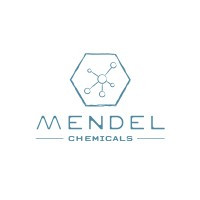Dyenamo
 Dyenamo offers high-quality materials and equipment for solar energy applications, mainly dye-sensitized solar cells (DSSC), perovskite solar cells (PSC) and solar fuels.
Dyenamo offers high-quality materials and equipment for solar energy applications, mainly dye-sensitized solar cells (DSSC), perovskite solar cells (PSC) and solar fuels.
The company's strong connection with the Swedish R&D consortium the Center for Molecular Devices (CMD) enables it to always be at the frontier with regards to the latest development. CMD consists of research groups at the Royal Institute of Technology (KTH) in Stockholm, research groups at Uppsala University and the DSSC/PSC activities at the research institute Swerea IVF AB.





 ISE Chemicals, established in 1927 in Japan, produces and sells iodine, nickel and cobalt compounds and is also active in natural gas extraction and trading.
ISE Chemicals, established in 1927 in Japan, produces and sells iodine, nickel and cobalt compounds and is also active in natural gas extraction and trading. Mendel Chemicals is a Moldova-based supplier of chemical products, serving various analytical, industrial, and manufacturing needs.
Mendel Chemicals is a Moldova-based supplier of chemical products, serving various analytical, industrial, and manufacturing needs.
 Nanoxo is a chemicals company with experience in designing and manufacturing various functional materials with broad potential applications.
Nanoxo is a chemicals company with experience in designing and manufacturing various functional materials with broad potential applications. 
